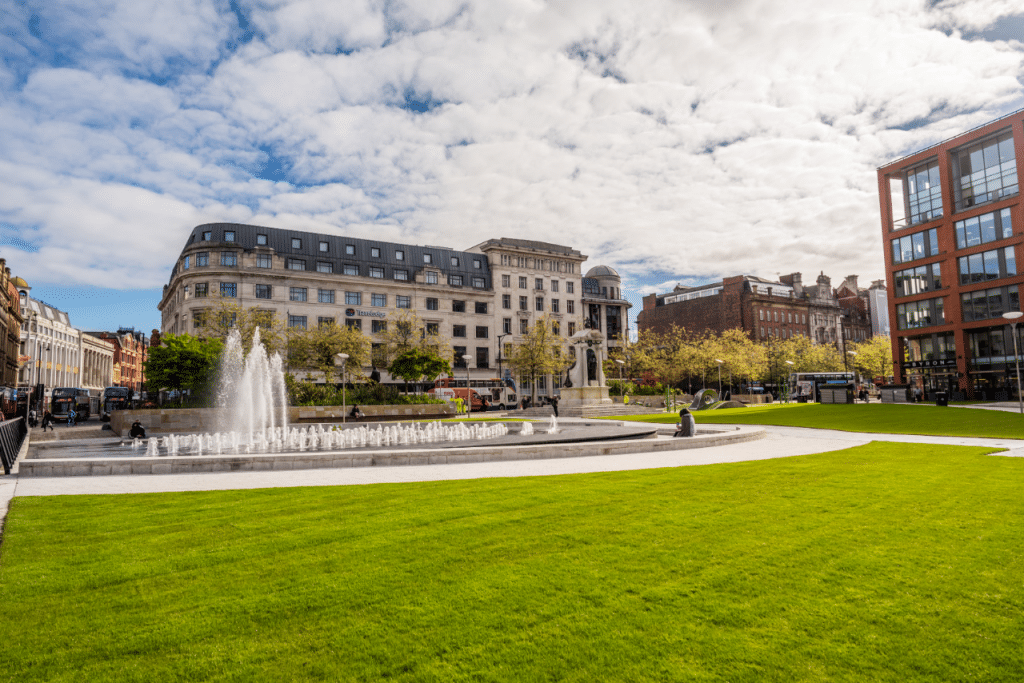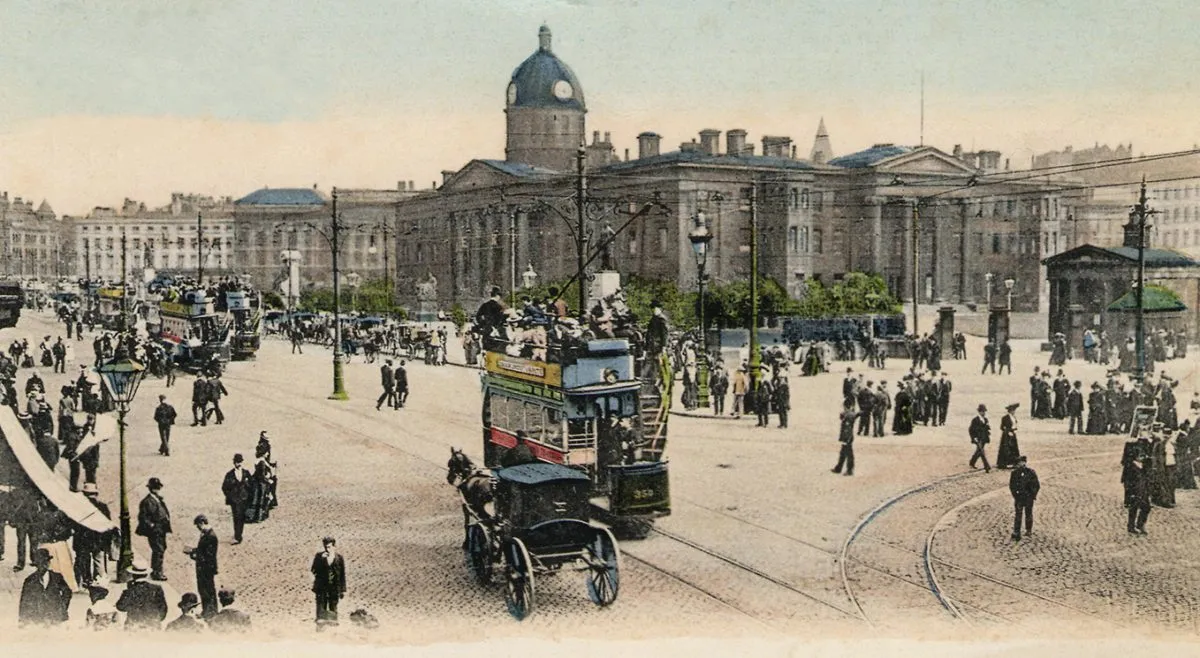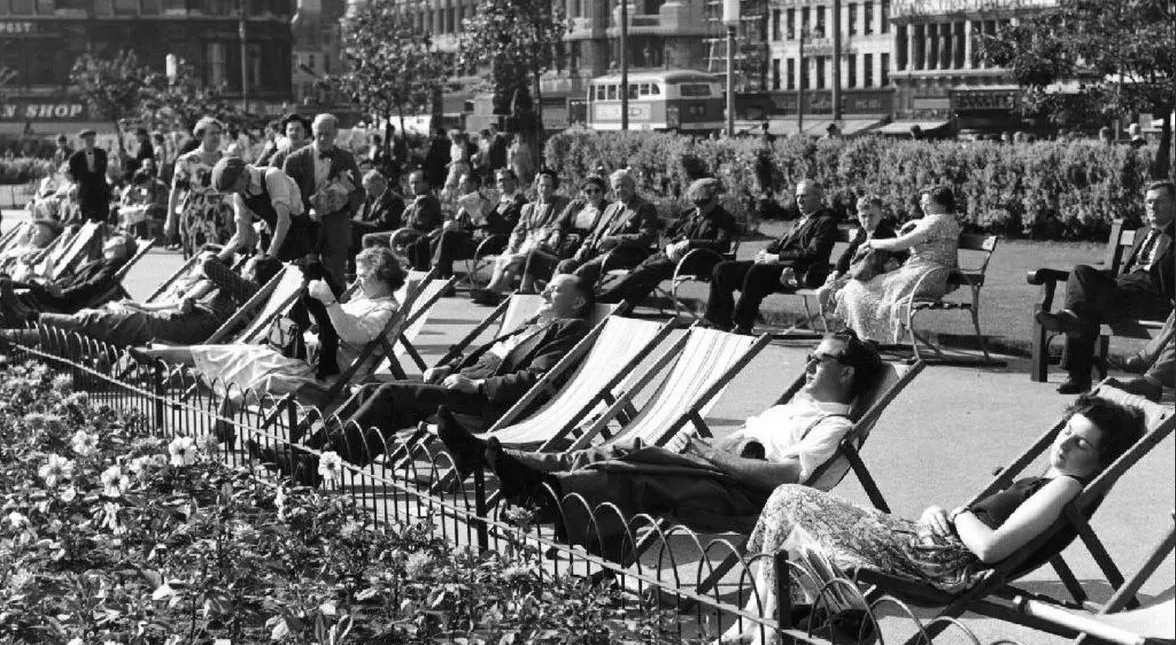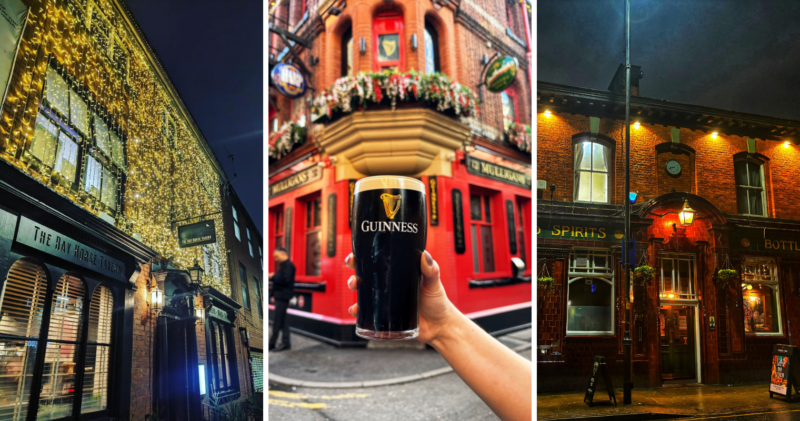News
Designers appointed to transform Piccadilly Gardens into a ‘welcoming public space’
The Council says it envisages the area being "a special place with a strong sense of identity" in the future.
Designers have finally been appointed to develop plans that transform Piccadilly Gardens into a “welcoming public space”.
It’s been a long time coming – but Manchester City Council has revealed that a team of designers led by architects LDA Design have now been selected from a shortlist of candidates, and will now be tasked with producing a range of detailed designs and concepts ready for a full planning application to be submitted next year.
The design team has been chosen following an international design competition last year, which was based on initial concept designs that were submitted for the popular city centre space.
As well as Piccadilly Gardens, the 10-acre site covered by the competition also includes Mosley Street, Parker Street, the section of Portland Street which runs alongside Piccadilly Gardens, and the section of Piccadilly which borders the Gardens.

The Council says it envisages Piccadilly Gardens being “a special place with a strong sense of identity” in the future, as well as one that is “welcoming” and “uniquely Mancunian”.
They want it to become a fully-accessible “place for all”.
Retaining a green space in the heart of the city centre was also central to the Council’s design brief, with competition entrants told to consider Manchester‘s wider environmental goals, yet still recognise the need for the area to accommodate the tens of thousands of people that walk through every day.
Potential designers were told to ensure their concepts also retain the existing listed monuments, statues, tramlines, and infrastructure, as well as the existing Pavilion structure.
But what exactly do the winner’s design plans entail? Well, according to the Council, competition judges explained that they felt LDA Design’s entry “embraced” and “met” the design brief to a high standard, and praised the elements that proposed the updating of children’s play facilities and improving links to London Road.


Crucially, the Council says that before any final plans are submitted, these designs will be made public so Mancs have the chance say what they think.
“We know that people have strong views about Piccadilly Gardens,” Leader of Manchester City Council, Bev Craig, admitted as the new designers were appointed, “and serious work is continuing to realise its potential a welcoming public space and somewhere people want to linger and enjoy, not just pass through.
“But there’s still much more work to do.
Read more:
- International design competition to be launched to make Piccadilly area ‘world class’
- Police will leave ‘no stone unturned’ to find youths involved in large-scale city centre disturbances
- New images give glimpse at plans to redevelop Piccadilly Gardens pavilion
“Today is not about us announcing the plan but appointing the experts who will help produce one, taking the views of Mancunians very much into account.”
Featured Image – Manchester City Council















